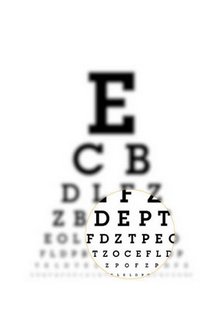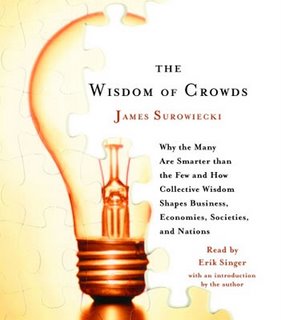Donald, I love your debunking series, but... Having recently come under the spell of Appreciative Inquiry, I'm trying to build on strengths rather than dwell on weaknesses. Who do you like these days? Who's genuine? Inspirational? Worth a damn?
I’ve been presented as the arch debunker. It’s true that I regard education and training as being stuck in old, unvalidated, and often false theory and practice. Some of it on a par with astrology and UFO theories. If true, this is worrying, as much of our time, and more importantly that of learners, is being wasted.
However, I have also been pumping out positive research and practice. I did a quick self-evaluation here. Out of my last 94 posts:
53 quoted recommended research and practice
38 were attacks on old/bad theory and practice
3 could be regarded as neutral
Here’s a quick comparison (not exhaustive):
For
Empirical research in memory and learning, informal learning, web 2.0 tools, blogging, Big Brother, digital reformation, podcasting, YouTube, Wikipedia, games in learning (10 posts), e-learning research showing increased grades (2), art and learning, viral learning, evolutionary psychology, texting, and stickiness.
Against
Learning styles, control freak HR, BBC Jam, errors in BBC Bitesize, blended learning, ineffective compliance training, SMEs, Teachers’ TV, wasted time in classrooms, Socrates, Skinner, Bloom, Gagne, Kirkpatrick, Kolb, Vygotsky, Freud, Rogers, whole language literacy, new-age training fads, NLP, dumbness of crowds, libraries and Maslow.
Oh – I nearly forgot, also nude internet browsing and drinking champagne from shoes!
I suppose I’m a sucker for empirical research. I do think that education and training is sinking into a quagmire of faddish, non-empirical theory, more sociology than psychology. This dated and dodgy theory is mirrored in dull and dubious practice.
Sense of direction
If I have a sense of direction it's is on two fronts:
More focus on good empirical research, especially in experimental psychology and brain research. In the end we have brains which acquire, store and recall knowledge and skills. We have made huge leaps forward in the last 30 years, most of which is ignored by learning theorists.
Keeping the ‘e’ in e-learning. I do believe that the whirlwind of technology is our best hope in terms of improving the efficacy of education and training. The internet and consumer technology has given us brilliant bottom-up models of knowledge creation and sharing. Resistance is futile.
Psychology + technology = Progress
But mainly, I think that we need some serious debate around theory and practice, rather than just sleepwalking into the future with a handful of junk theory and practice.

















